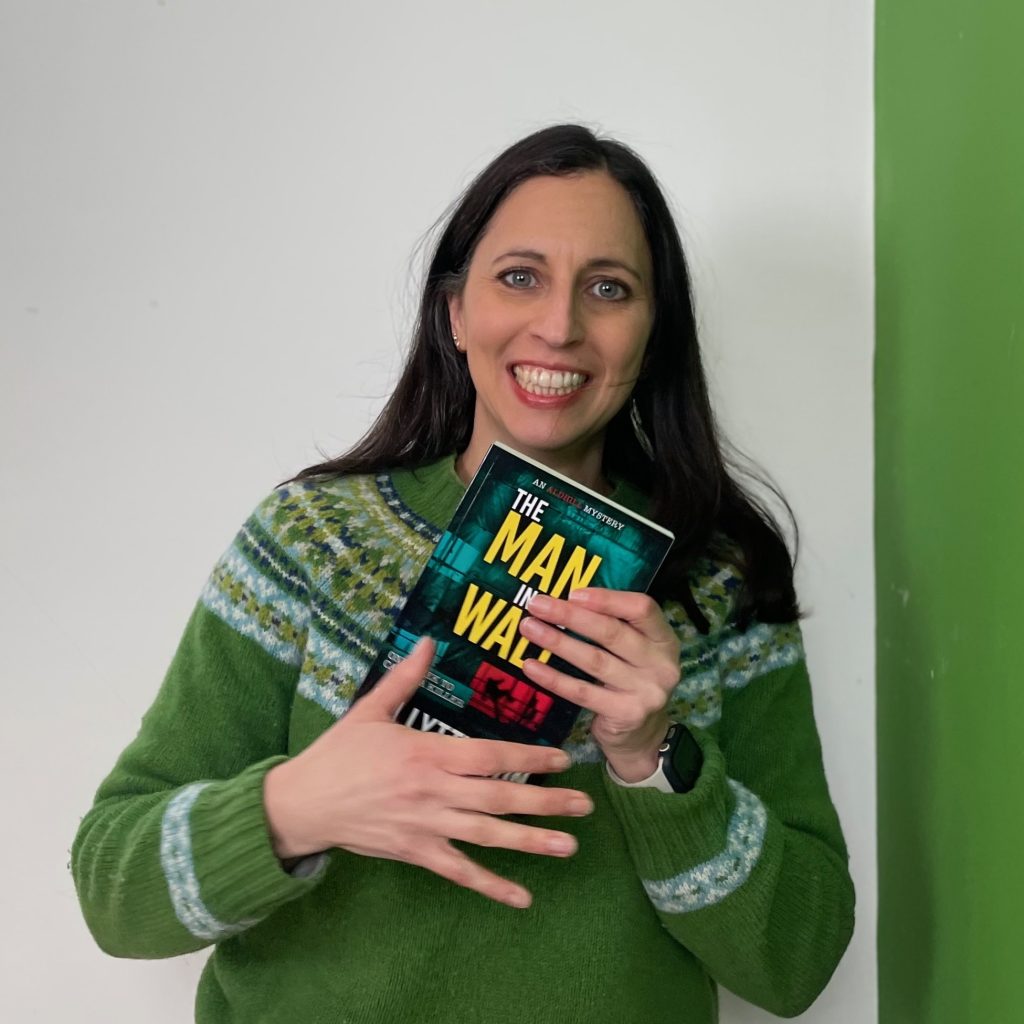Chances are, if you read something in The Man In the Wall that felt a bit far-fetched, that’s the bit that really happened…

Here are some of the things that made this book possible.
Private Eye did a podcast
When I was cooking up the plot of The Man In The Wall I wanted to tell a story about corporate malpractice that would draw on a lot of the scandals happening out there in the real world right now. That’s because back in 2016 I listened to an episode of the Private Eye podcast that burned itself into my brain thanks to the absolutely preposterous details.

In PF-Eye, journalists Solomon Hughes and Jayne Mackenzie described the myriad failings of an outsource firm that had been brought in to manage a clutch of schools. This included things like installing fire doors that didn’t close properly and throwing up buildings that fell down. In one eye-popping section, Jayne Mackenzie talked about a school in Liverpool that was closed due to low pupil numbers, but, thanks to an insane contract with the council, the management firm continued to bill for the maintenance of an empty school.
So Private Eye gets the credit for sending me down the PPP path, which led me to…
A school wall that collapsed in Edinburgh
In The Man In the Wall some of the story revolves around wall ties, which maybe doesn’t sound that thrilling, but did lead to a dramatic outcome: that is, the entire wall fell down revealing a dead body inside. If this sounds mad, then check out this story about how the wrong wall ties were used in 17 schools in Scotland under a PPP contact which led to one school wall to collapse in a storm.
I briefly worried that this tale of ineptitude sounded too unlikely, but luckily (for me and no one else) another almighty blunder wasn’t far behind in the form of the RAAC scandal. Remember that? When literal DAYS before term was due to start in September, over a hundred UK schools were closed/partially closed due to reinforced autoclaved aerated concrete (RAAC). It turns out, constructing a building using something that is closer to an Aero bar than a block of concrete isn’t actually the cleverest idea after all. In the end over 200 schools were affected.
Thankfully, no children (or adults) were injured in either scandal.
A builder told me a horrible story
The central story in The Man In The Wall revolves around two bodies being found in these badly built school walls. Even worse, Clive McGinty, Phil’s dad, was alive when he fell (or was he pushed?) down into a wall cavity. It’s a grisly enough tale and I’m slightly loath to admit it was inspired by a true story.
Here’s what happened.
My builder (also called Phil just to confuse things), has worked as a Health & Safety Officer (HSO) on building sites. This means he has seen some things – and boy does he love making my squirm by telling me about the grimmest of them.
One story he told me was about a poor man who was discovered in a cavity wall on a building site around 17 years ago. The coroner could not establish why this builder was on site that day. Builders are meant to work with at least one labourer when on a site and, besides, it was a weekend and the site was closed.
Did he fall? Did he kill himself? No one knows. Even how he fitted into such a tiny space was a mystery.
I looked for this story in old news reports so I could give you an original source, but couldn’t find it. I did, however, find some pretty unpleasant similar stories. And from what I’ve been told, things like this happen all the time and are hushed up pretty quickly.
Phil the builder, by the way, is also the inspiration for the ever-moving, ever-grumpy Doug Graves, the HSO who knows more about Clive McGinty’s death than he’s saying. Phil the builder claims that HSOs are all grumpy, but when he’s round our house he’s a cheeky Welsh rogue (which is lucky because he might as well live with us in our money pit at this point).
[Intrigued? Buy your copy here]
I worked in HR
Not content with expecting the reader to care about wall ties, outsourcing firms and health and safety certificates, I have also put in an awful lot of human resources. Write what you know, they say, which is why, having spent many years working with senior leaders in human resources, I included the HR team in the tale.
I should say that these people are all delightful and did not inspire any of the characters. Actually, the inspiration for Andrew, the ex-head of HR at Virtua Services, came from the many hours I have spent reading virtue signalling posts on LinkedIn from people hoping to get a plethora of ‘celebrate’ handclap emoji reactions.

I had some really dodgy temp jobs
I once spent a summer sorting through letters for a utility company ahead of their audit (with the boss coming in regularly to extract the piles that hadn’t been responded to and, presumably, rehousing them in a skip). Six of us hunched over a table in a tiny room for six weeks, reading spidery handwriting and going slowly insane.
After that, I moved to a windowless room at a different utility firm and worked with the pipe investigations department. In the book, Mick from The Man In The Wall is inspired by the sole man on our team (who, I should add, was very nice). He was one of those tall, fit older men who could definitely take most people in a fight. He had retired from the army and then did a few different jobs outside jobs before ending up labouring over a keyboard in a windowless room.
So there we have it! Just some of the true stories that inspired my first novel. And if you want to know the true stories that inspired A Star is Dead – the second book in the series – you may have to wait a while. I’m not sure I want to get sued by anyone just yet…






